The TCP/IP Stack for JavaScript Developers
The fundamentals to understand.

The TCP/IP protocol suite is the most common network communication model in use today. The TCP/IP reference model differs a bit from the OSI model, as it has only four layers instead of seven.
The following diagram illustrates how the four layers of the TCP/IP model line up to the seven layers of the OSI model:
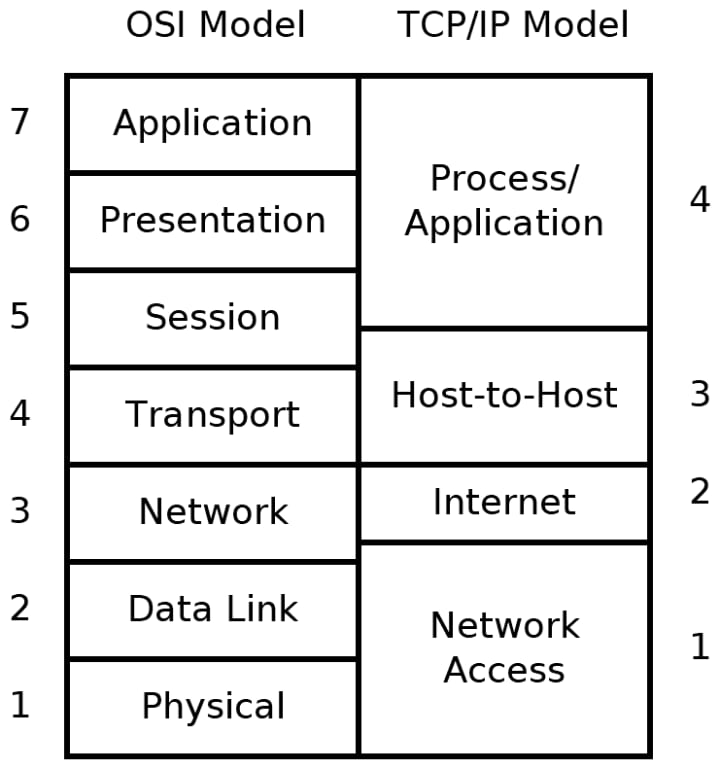
The TCP/IP model doesn't match up exactly with the layers in the OSI model. In both models, the same functions are performed; they are just divided differently.
The TCP/IP reference model was developed after the TCP/IP protocol was already in common use. It differs from the OSI model by subscribing a less rigid, although still hierarchical, model. For this reason, the OSI model is sometimes better for understanding and reasoning about networking concerns, but the TCP/IP model reflects a more realistic view of how networking is commonly implemented today.
The four layers of the TCP/IP model are as follows:
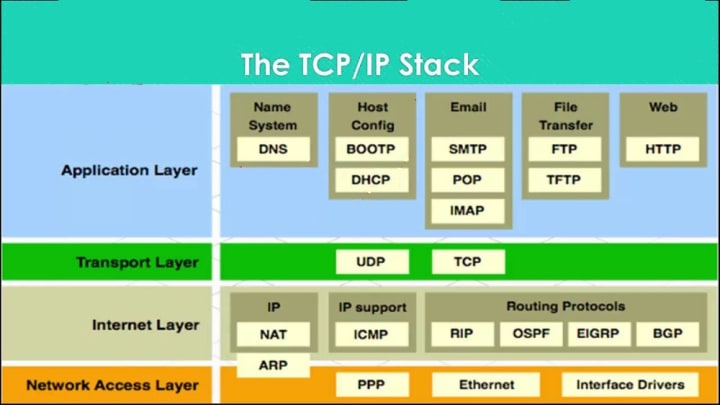
Network Access layer (1): On this layer, physical connections and data framing happen. Sending an Ethernet or WiFi packet are examples of layer 1 concerns.
Internet layer (2): This layer deals with the concerns of addressing packets and routing them over multiple interconnection networks. It's at this layer that an IP address is defined.
Transport layer (3): The transport (host-to-host) layer provides two protocols, TCP and UDP. These protocols address concerns such as data order, data segmentation, network congestion, and error correction.
Process/Application layer (4): The process/application layer is where protocols such as HTTP, SMTP, and FTP are implemented. Most of the programs written in JavaScript could be considered to take place on this layer while consuming functionality provided by our operating system's implementation of the lower layers (through the JS engine).
Regardless of your chosen abstraction model, real-world protocols do work at many levels. Lower levels are responsible for handling data for the higher levels. These lower-level data structures must, therefore, encapsulate data from the higher levels.
Data encapsulation
The advantage of these abstractions is that, when programming applications, we only need to consider the highest-level protocol. For example, a web browser needs only to implement the protocols dealing specifically with websites - HTTP, HTML, CSS, and so on. It does not need to bother with implementing TCP/IP, and it certainly doesn't have to understand how an Ethernet or Wi-Fi packet is encoded. The browser can rely on ready-made implementations of the lower layers for these tasks. These implementations are provided by the operating system.
When communicating over a network, data must be processed down through the layers at the sender and up again through the layers at the receiver. For example, if we have a web server, Host A, which is transmitting a web page to the receiver, Host B, it may look like this:
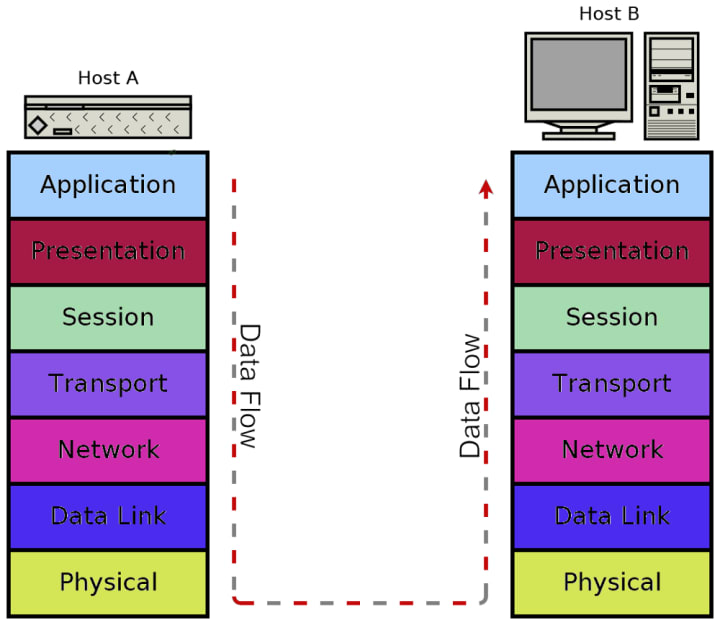
The web page contains a few paragraphs of text, but the web server doesn't only send the text by itself. For the text to be rendered correctly, it must be encoded in an HTML structure:
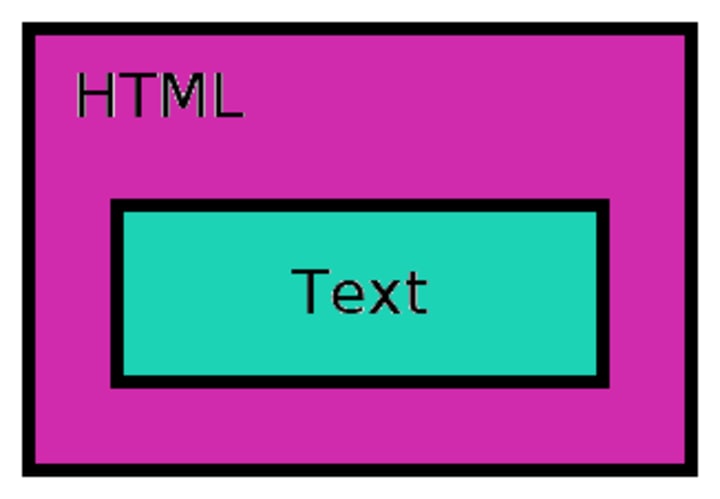
In some cases, the text is already preformatted into HTML and saved that way but, in this example, we are considering a web application that dynamically generates the HTML, which is the most common paradigm for dynamic web pages. As the text cannot be transmitted directly, neither can the HTML. It instead must be transmitted as part of an HTTP response. The web server does this by applying the appropriate HTTP response header to the HTML:
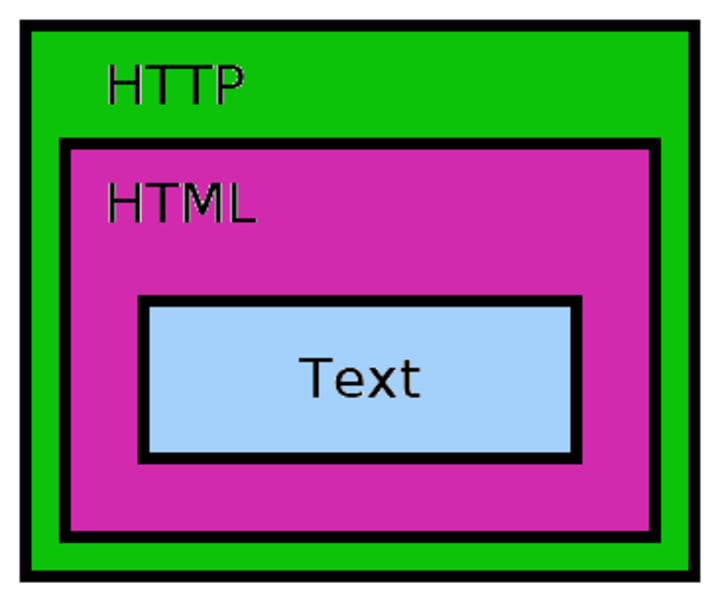
The HTTP is transmitted as part of a TCP session. This isn't done explicitly by the web server, but is taken care of by the operating system's TCP/IP stack:
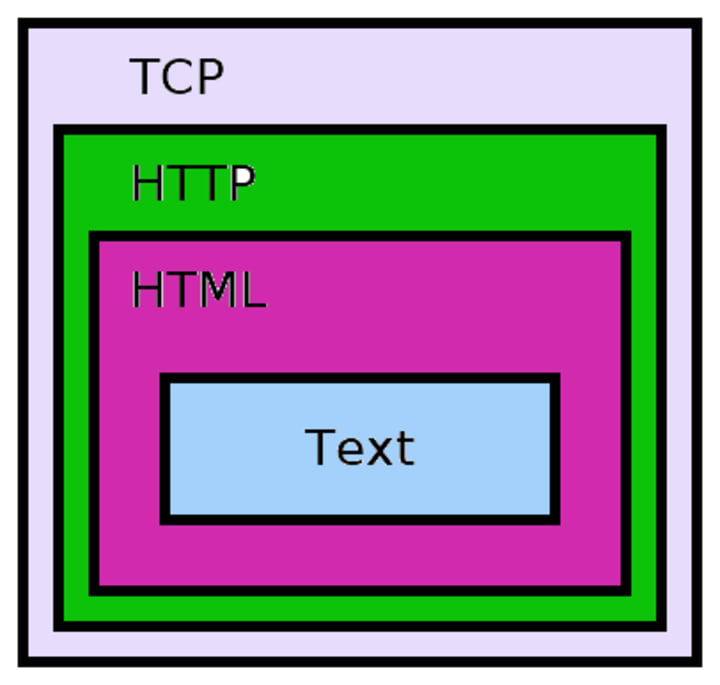
The TCP packet is routed by an IP packet:
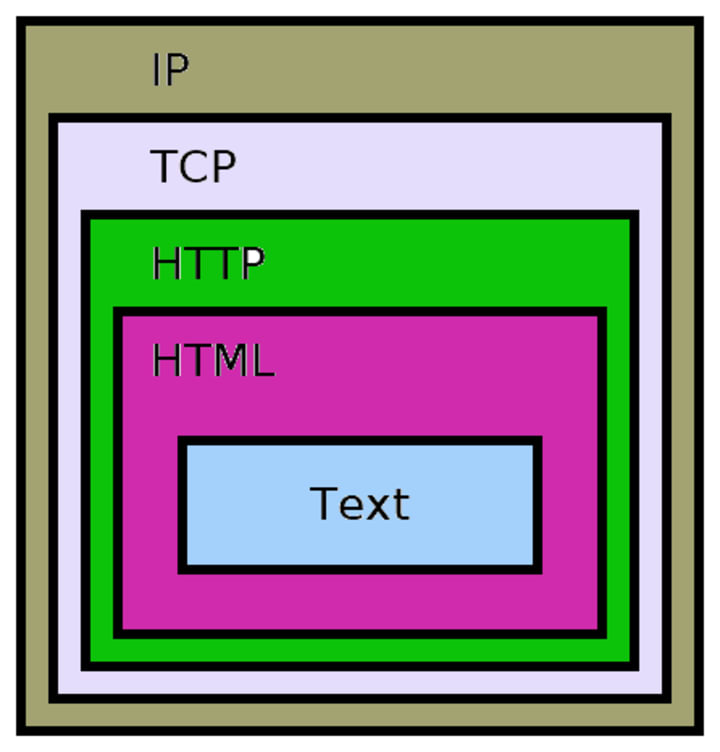
This is transmitted over the wire in an Ethernet packet (or another protocol):
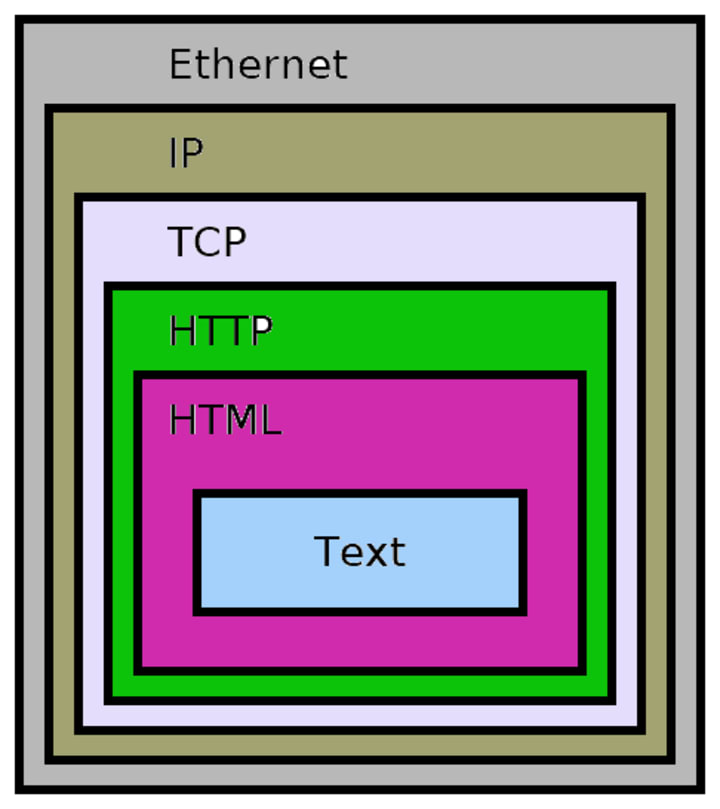
Luckily for us, the lower-level concerns are handled automatically when we use the socket APIs for network programming. It is still useful to know what happens behind the scenes. Without this knowledge, dealing with failures or optimizing for performance is difficult if not impossible.





Comments
There are no comments for this story
Be the first to respond and start the conversation.